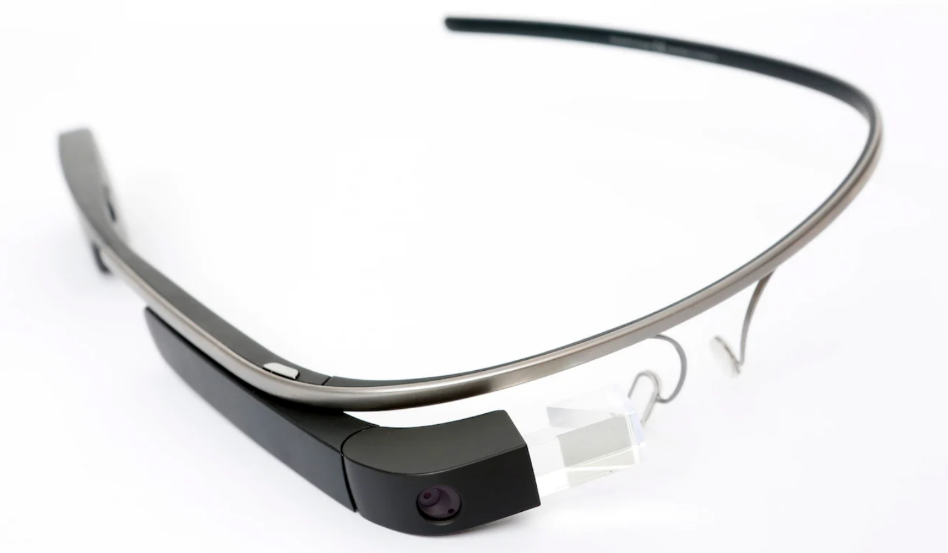Product Name
Google Glass
Product Image

Summary
Despite the failure of Google Glass sales among consumers due to the high price, the company made an attempt to change its target audience and create the Google Glass Enterprise Edition. In her article, Korn briefly highlights the product’s history, re-launch, and their flops. Google Glass, a new product, was first introduced in 2013 and was supposed to provide customers with access to the necessary mobile and computer functions on their face (Korn para. 2). In 2015, the release ceased due to the failure of beta testing. Still, in 2017, a resumption was announced to find a new audience among entrepreneurs (Korn para. 3). However, the company canceled the product again to reduce production costs.
Product Failure Reason #1: Not Solving the Right Problems
The product should attract customers and address their issues to be sold. That is, by releasing a particular product, the company must offer a solution to the concern that users can get thanks to its use (12 Reasons). Sales success depends on the enterprise’s ability to identify and solve problems at the right time. Google Glass was introduced as a technology that would be there for consumers when they need it (Sauter et al. para. 1). However, later, it turned out that the audience had no need for such technology, and it did not solve any urgent issues.
Suggested Tips: Studying Market Needs, Prioritization, and Thorough Product Evaluation and Testing
Organizations must take several steps to ensure their products solve the target audience’s concerns. First, it is necessary to analyze market trends to identify existing needs and issues for the solution (12 Reasons). Then, it is required to determine and prioritize which identified problems have the most significant impact on consumers. The third step is to explore the problem and its roots through customer opinion research (12 Reasons). Then, when considering solutions, the company needs to assess their feasibility and, at the last stage, test and improve the product (12 Reasons). Such a strategy allows you to understand better the market and problems that need to be solved.
Product Failure Reason #2: Technical Issues or Bugs
In addition to the fact that Google Glass did not solve any specific problems, many concerns were observed in the product. Consumers reported technical bugs, low battery life, and worries about privacy (Sauter et al. para. 1). The latter issue also led to the product being banned from use in many public places. The glasses could take photos and videos at any time without permission, which could cause trouble to surrounding people.
The Suggested Tip: Conducting Testing
Before releasing products, companies must conduct many inspections of their work. Product testing is a crucial measure to prevent technical issues (12 Reasons). The review and improvement process can be flexible and lengthy, allowing workers to identify bugs and fix them as they find them (12 Reasons). As a result, the product, which has no errors in its operation, will receive greater recognition among consumers.
Google could have prevented unnecessary production costs for releasing failed glasses if it had studied the testing results more carefully. In particular, such an approach as Focus Group Interview could give a significant insight into the needs of consumers and their problems. Using feedback focus groups, companies also highlight issues in the technical work of the product and can fix them. Thus, focus groups can give critical information during product development and launch.
Works Cited
“12 Reasons Why Products Fail (& Ways to Prevent it).” Rapidr. 2023. Web.
Korn, Jennifer. “Google will Stop Selling Glass as It Looks to Cut Costs.” CNN Business. 2023. Web.
Sauter, Michael B., et al. “50 Worst Product Flops of All Time.” 24/7 Wall St. 2020. Web.